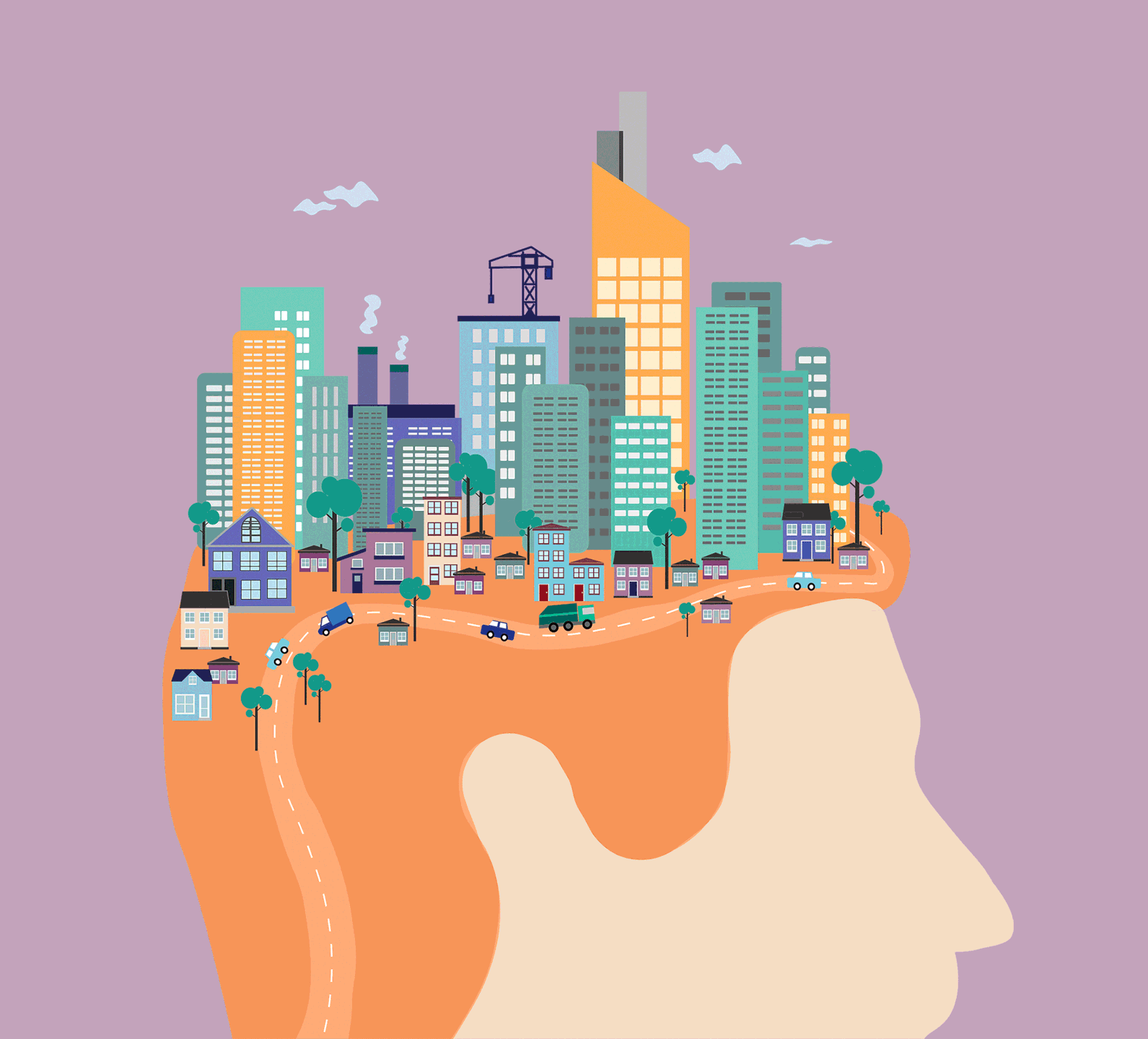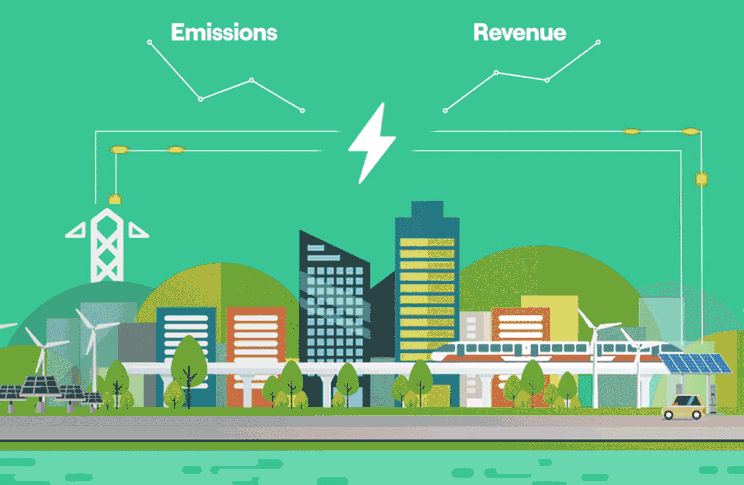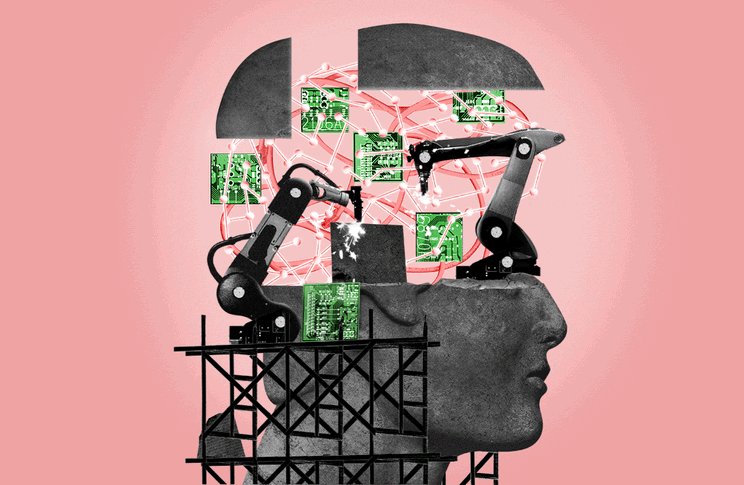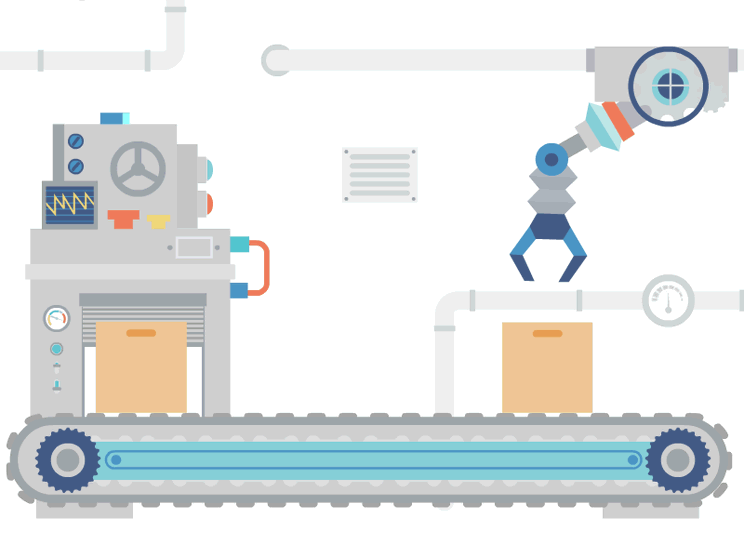- City Brains are designed to improve urban development through the utilisation of machine intelligence and real-time city data
- ET City Brain, developed by Alibaba and several cities, is one of the leading examples of City Brains and has been implemented in 23 cities across Asia
- City governments collaborate with partners to obtain data to ensure the success of City Brains, which depends on the richness and variety of government data
- The use of open source technology, data analytics, machine learning and AI play crucial roles in the innovation and optimisation of Smart Cities
The world today is facing numerous challenges regarding sustainable development in urban areas. To tackle these challenges, machine intelligence, fueled by data from the Internet, is being utilized to solve many urban development problems, such as solutions to traffic management. This has given birth to the creation of ‘City Brains’. The concept of City Brain aims to enhance government administration by solving major problems and making the government more intelligent and responsive to citizens.
Since 2019, there has been a global race to build City Brains as technologies such as cloud computing and the Internet of Things (IoT) have been maturing, bringing the vision of a Smart City closer to fruition. China was recognized for taking the forefront in this field, investing heavily in sensors and infrastructures.
A City Brain will utilize the Internet as its infrastructure and use the wealth of urban data to perform global real-time analysis of cities. This enables cities to effectively allocate public resources, improve social governance, and promote sustainable urban development. The idea of leveraging urban data resources is the driving force behind the development of City Brains, allowing for innovation from cognition to optimization and decision-making, from search to prediction, and ultimately to intervention [1].
ET City Brain – pioneering example of Smart City technologies
First launched in September 2016, ET City Brain is a collaboration between Chinese technology giant Alibaba and several cities. The aim of this project was to improve urban governance and urban services by solving prominent city problems. So far, the project has been used to monitor congestion in Hangzhou, enhance the response of emergency services in Guangzhou, and detect traffic accidents in Suzhou [2].
For instance, in Suzhou, the City Brain framework enabled the public security department to gather massive amounts of data from different sources, including transportation, tourism, the city’s appearance, and municipal administration departments. The data is then analyzed by the City’s Brain to help the city operate efficiently and safely. The City Brain also helps overcome information barriers between various urban management systems and government departments by integrating and analyzing real-time data.
Through the integration, convergence, and intelligent deployment of real-time city data, ET City Brain has led to numerous breakthroughs in urban government models, service models, and industrial development [3]. As of end of 2020, ET City Brain had been implemented in more than 30 cities across the world [4], serving customers in 48 different specific application scenarios across 11 major areas of city life, including transportation, urban government, and cultural and tourism [5].
From China to the world: City Brains reforming urban Governance
The ET City Brain project shows just how far China’s advancements in urban governance have spread to other countries. In 2019, Kuala Lumpur became the first city outside of China to adopt the ET City Brain model. Traffic and congestion in Malaysia’s capital city are critical considerations [6]. The first phase of the program targeted the use of the Malaysia City Brain in traffic management to improve mobility in the city. With its massive cloud computing and data processing capabilities, the City Brain can optimize the flow of vehicles and traffic signals, as well as facilitate other tasks such as incident detection [7].
Similar adoptions have also been seen in other global cities, such as Dubai, where the City Brain is used in public transport network planning to improve the public bus service and its operational efficiency. The system is expected to improve bus ridership by 17%, reduce the average waiting time by 10%, and shorten travel time and the average bus usage by 5% [8].
It is noteworthy that cloud computing giants like Alibaba are one of many players in the game. The success of the City Brain project is vitally dependent on the richness and variety of government data, so it is in the city governments’ best interest to collaborate with multiple partners to obtain data. In the case of Kuala Lumpur, the Malaysian government collaborated with GRAB, Southeast Asia’s leading on-demand transportation and fintech platform, to further enhance the success of Malaysia City Brain. Anonymous data generated daily by Grab’s drivers are crucial sources of machine learning data for the City Brain [9].
Equally notable is the use of open source technology in the construction of Smart Cities. The Barcelona Digital City project [10], for example, runs a sensor network developed with open source technology to compile and share data on air quality and noise levels. Citizens can access and have control over how their data is used. The system then becomes a ‘brain’ that connects all public services in the city while still involving citizens and respecting their data rights.
Open innovation to foster Smart City ecosystem
According to a white paper published by the China Academy of Information and Communications Technology (CAICT) and figures from the National Bureau of Statistics (NBS), China is one of the world’s largest investors and adopters of digital technologies.
Based on the valuation of digital economies, it follows a close second to the U.S. [5] Observers note that the diligent and consistent expansion of digital infrastructure construction has accompanied the explosion of China’s digital economy. This is a natural corollary as the technologies that support the digital economy are precisely these components—big data, cloud computing, IoT, blockchain, artificial intelligence, 5G communications, and so on [6].
One of China’s strategies to increase the digital economy’s contribution to its Gross Domestic Product (GDP) is to increase internet connections and speeds. As of March 2022, China has had 1.43 million 5G base stations and over 500 million 5G customers. By 2025, China aims to own approximately 30% of the world’s total data volume [7].
Significant sectoral contributions to China’s digital economy
For a Smart City to continuously evolve and innovate, it needs to support digitalization, open architectures, and open data to foster open urban innovation in the ICT-enabled (Information and Communications Technology) city [11]. Innovation and optimization functions of a Smart City require a solid foundation of data management and data analysis. The use of data analytics, machine learning, and artificial intelligence (AI) plays a crucial role in enabling the city to analyze massive amounts of data from various sources and use that information to make informed decisions.
In conclusion, City Brains have the potential to transform urban governance and services by utilizing real-time city data to optimize urban public resources. The success of City Brains depends on the availability of government data and the collaboration between city governments and various partners. Open source technology and the use of data analytics, machine learning, and AI are crucial to the continued evolution and innovation of Smart Cities.
References
- [1] Research Gateway: The City Brain: Practice of Large-Scale Artificial Intelligence in the Real World
- [2] Nesta: The Global Race is on to Build ‘City Brains’
- [3] Hackernoon: City Brain: Cloud Computing and Data Technology Help Our City Think Deeply
- [4] Soft6.com: 带火中台的阿里,正携城市大脑席卷全国
- [5] Alibaba Cloud: City Brain Now in 23 Cities in Asia
- [6] The World Bank: 2015 Malaysia’s Economic Monitor Report
- [7] Digital News Asia: Grab and MDEC Collaborate on Malaysia City Brain Initiative
- [8] Gulf News: Dubai to Boost Public Bus Ridership, Cut Journey Times Using New Artificial Intelligence System
- [9] Open Gov Asia: Malaysia City Brain Initiative to Use Real-time, Anonymised Traffic Data from Grab
- [10] Barcelona City Council: Barcelona Digital City
- [11] City Xchange: A Smart City Ecosystem Enabling Open Innovation







